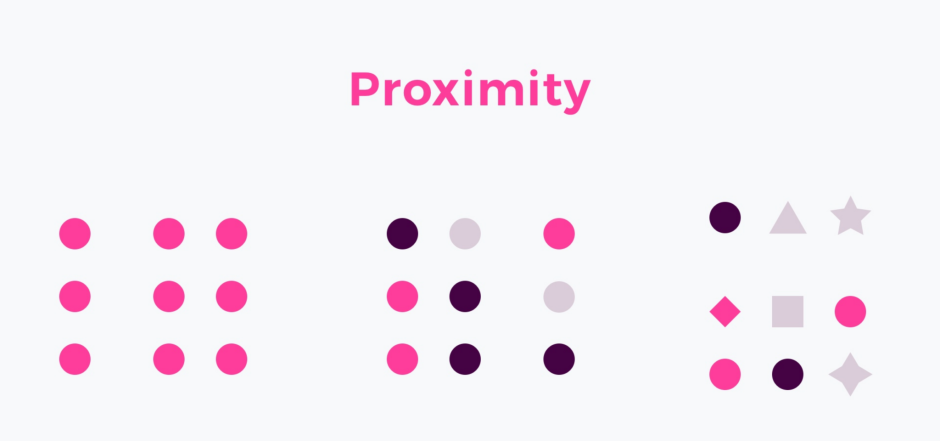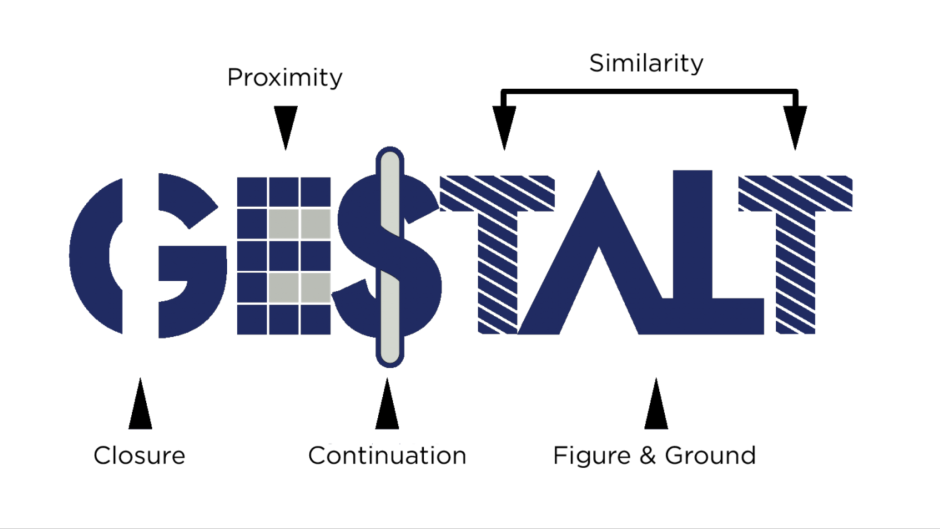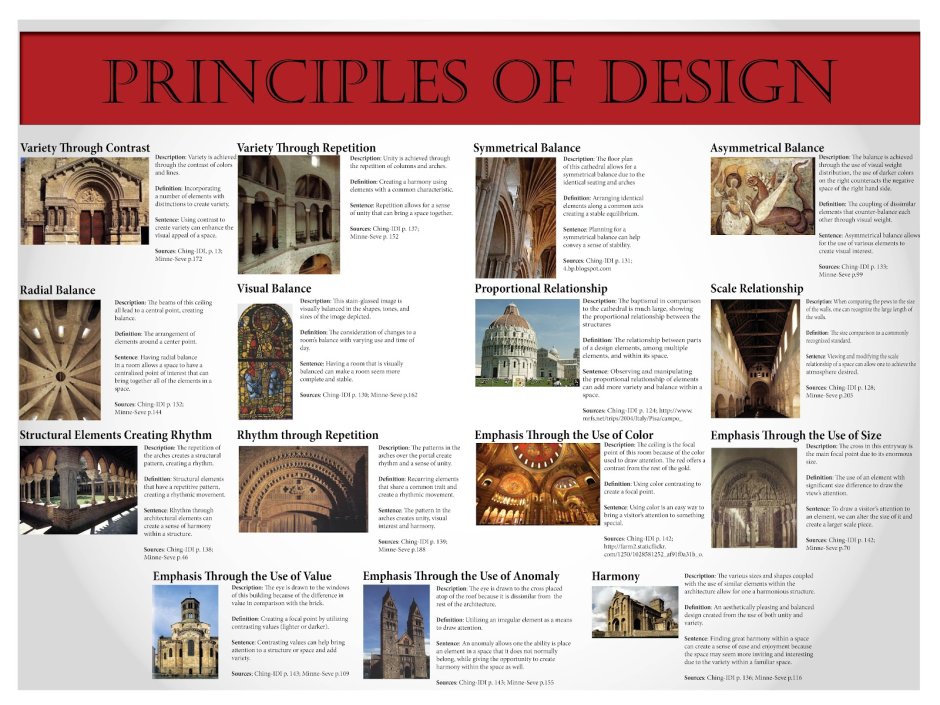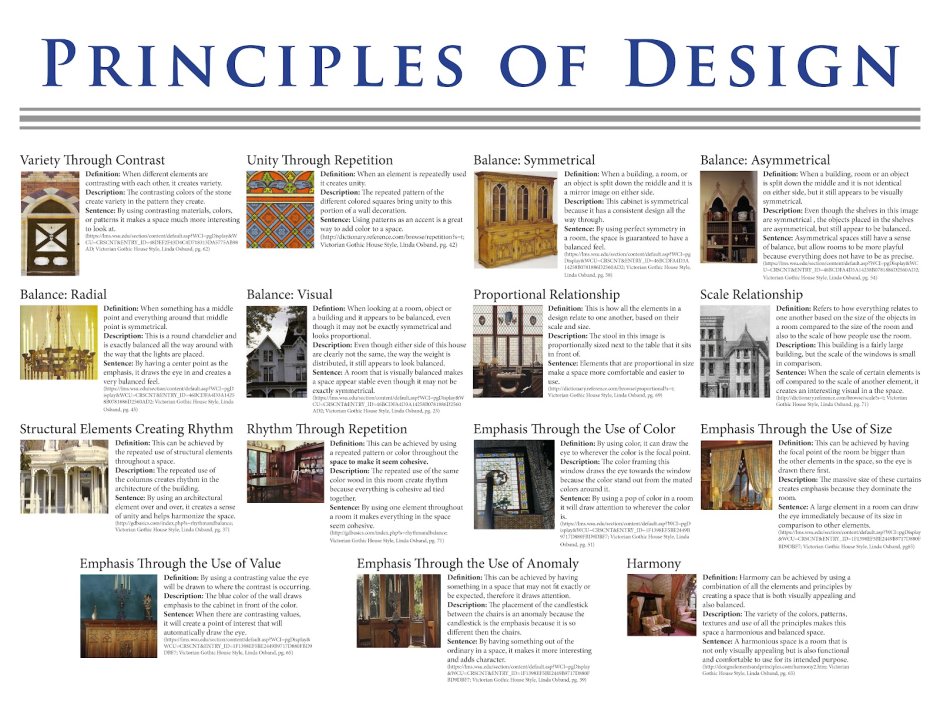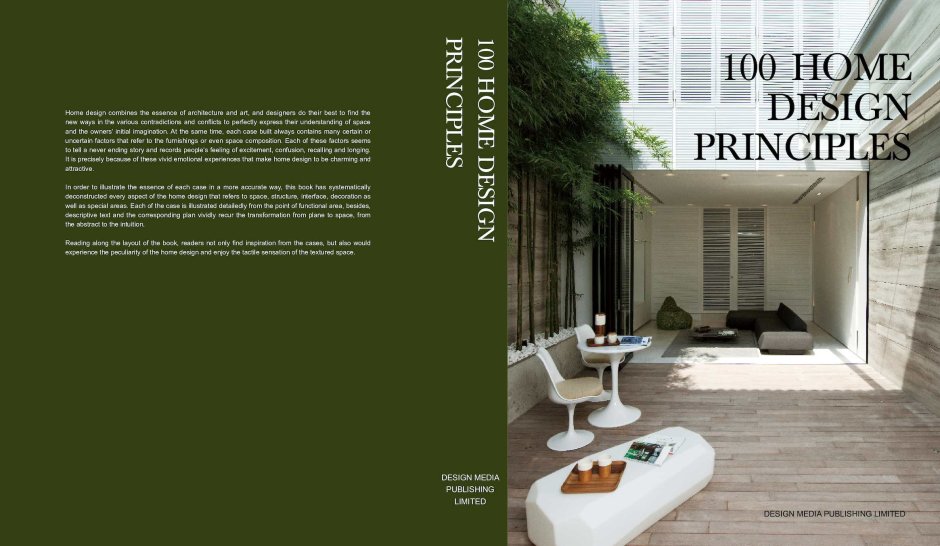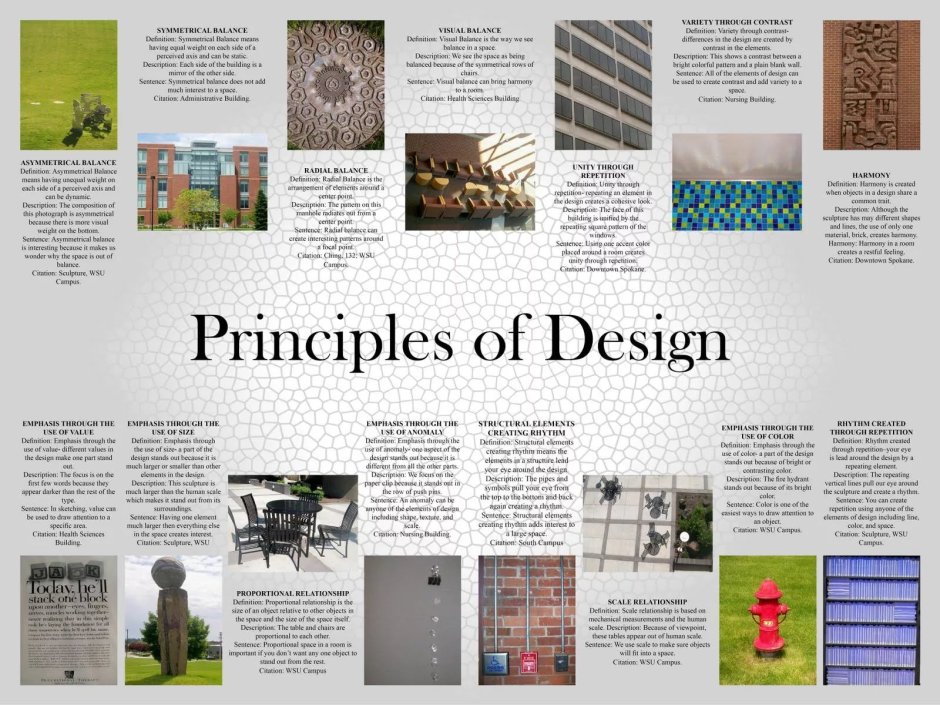Elements of gestalt
Gestalt psychology is a fascinating field that explores how our minds perceive and organize visual information. It delves into the elements that contribute to our understanding of the world around us. These elements include proximity, similarity, closure, continuity, and figure-ground relationships.
Proximity refers to the tendency for us to group objects that are close together. When objects are near each other, we automatically assume they belong together or are related in some way. This principle plays a crucial role in graphic design, as it helps create a sense of unity and organization.
Similarity involves grouping objects that share similar characteristics. Whether it's shape, color, size, or texture, our brains effortlessly categorize items that bear resemblance. This element allows designers to create visual patterns and establish a cohesive look and feel.
Closure refers to our inclination to complete incomplete shapes or forms. When presented with partial visuals, our minds instinctively fill in the gaps to create a coherent whole. This principle adds depth and intrigue to designs, as viewers actively engage in deciphering the missing parts.
Continuity refers to our preference for perceiving continuous lines or patterns. Our brains tend to follow the smoothest path and connect elements in a way that makes sense. Designers can utilize this principle to guide the viewer's gaze and lead them through the composition.
Figure-ground relationships deal with our ability to distinguish between objects and their surroundings. We naturally separate elements into foreground (figure) and background (ground). This contrast allows designers to create focal points and emphasize specific elements within a composition.
Understanding these foundational elements of gestalt psychology is crucial for designers and artists alike. By incorporating these principles into their work, they can create visually engaging and impactful designs that capture the viewer's attention and convey their intended message effectively.









































































